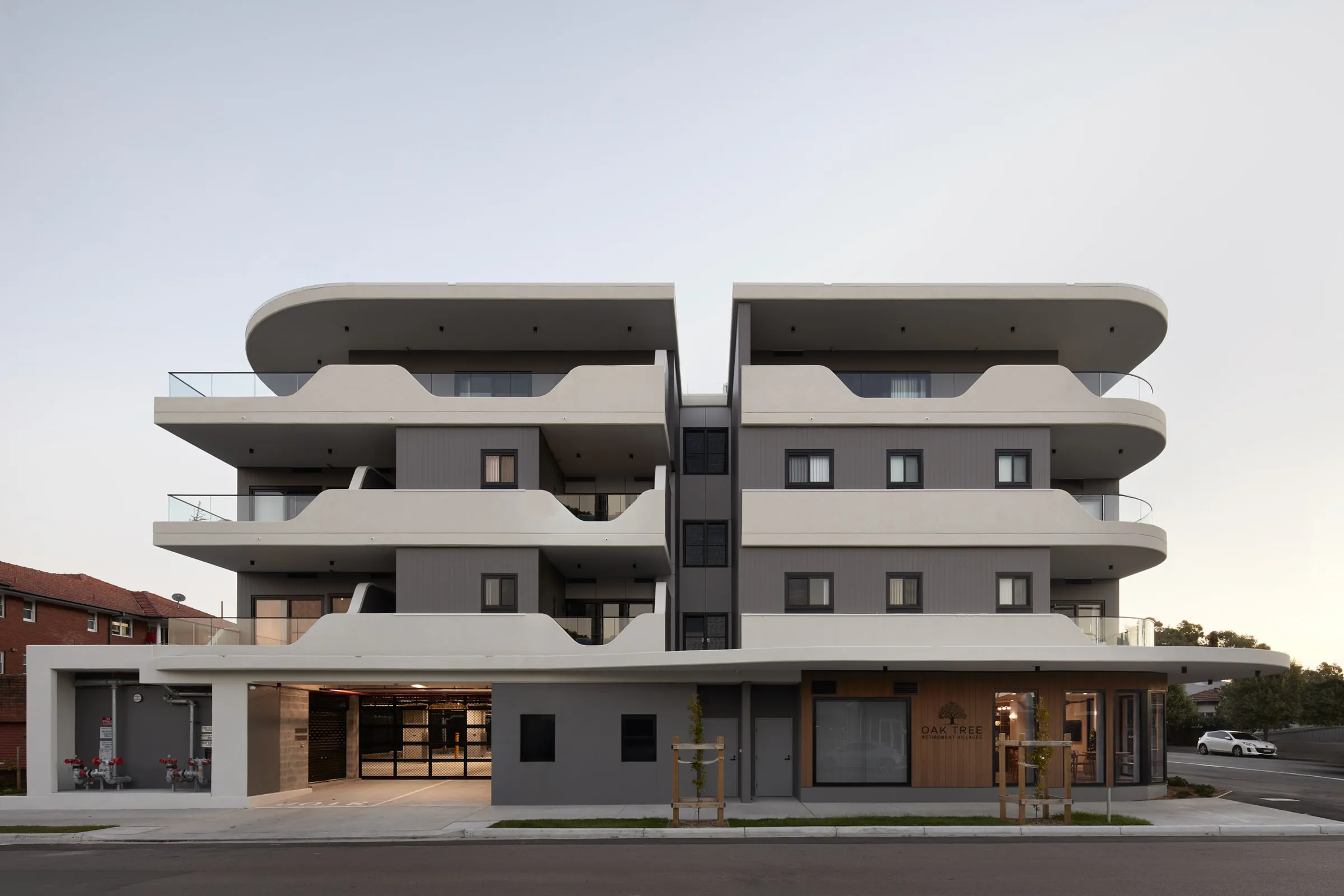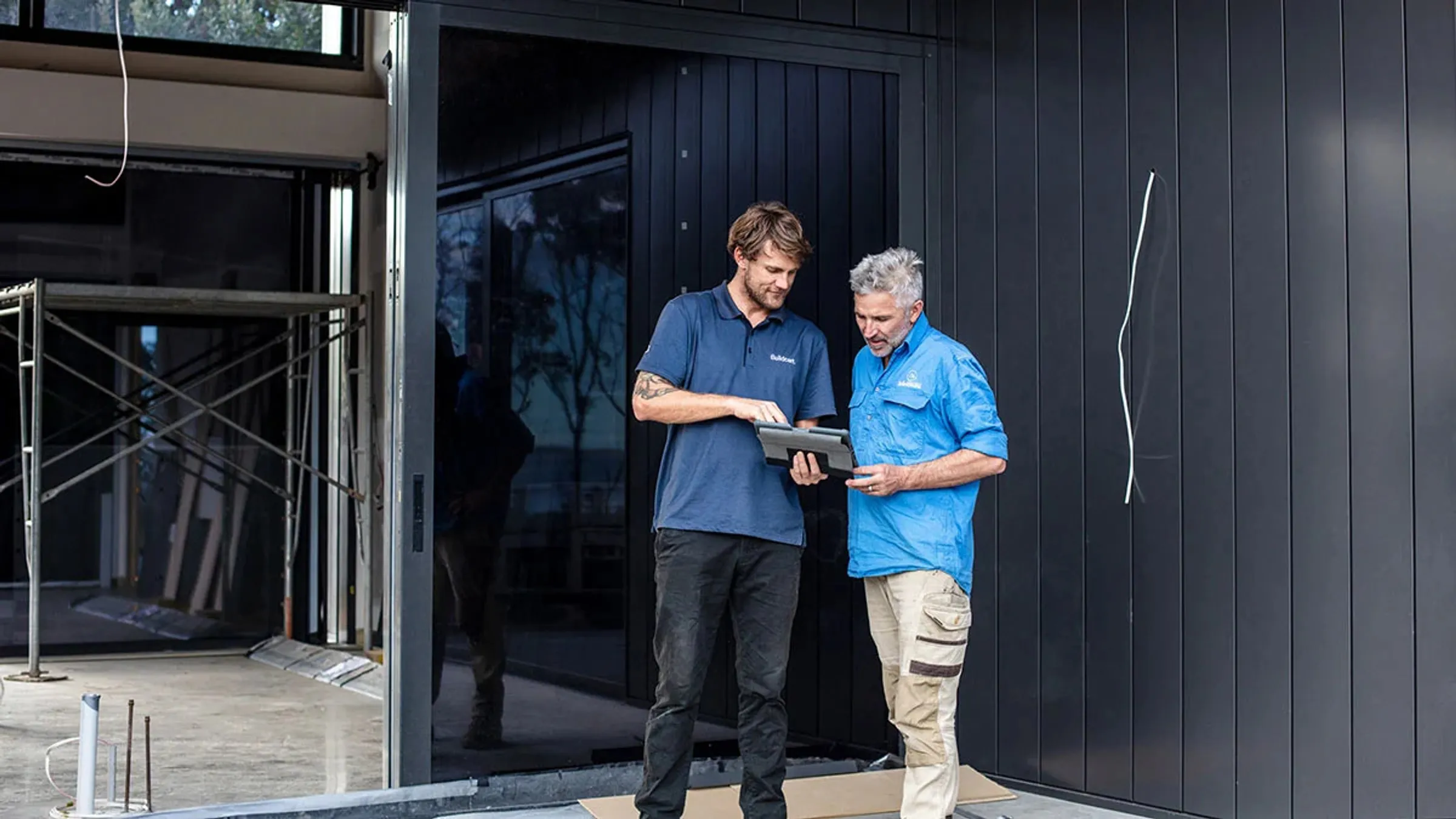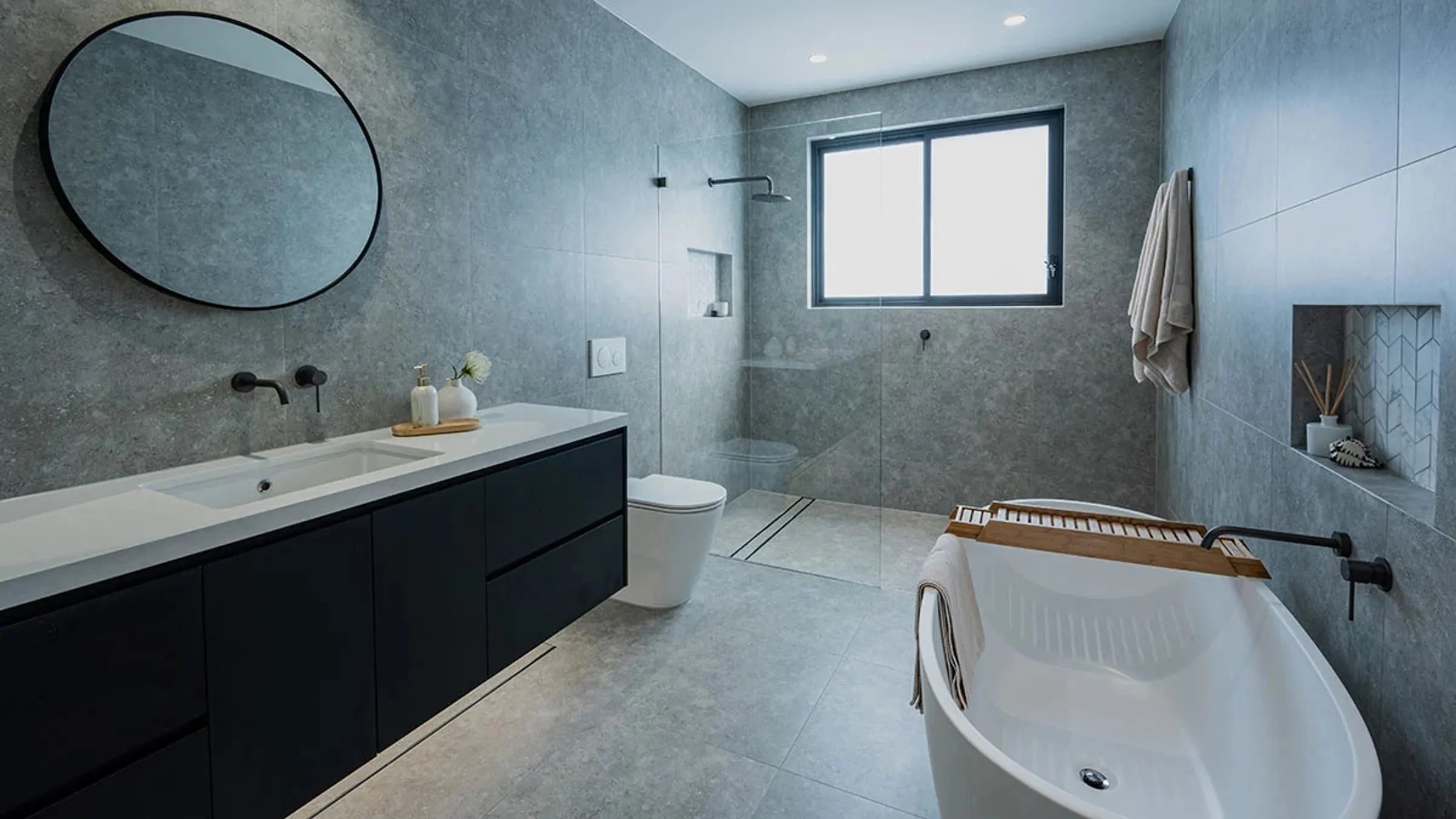
Elk Architecture
NSW Commercial

Are you finding it challenging to keep up with the ever-changing requirements of building compliance?
In the world of residential construction, ensuring that every aspect of your project meets the National Construction Code (NCC) standards can feel overwhelming, even for seasoned builders.
Whether it’s managing condensation effectively, ensuring proper waterproofing in wet areas, or constructing fire separating walls that meet all safety standards, these tasks can often seem like navigating a minefield of regulations and best practices. That’s why understanding the common issues and knowing how to avoid them is invaluable.
To help you deliver compliant projects, we’ll explore the top three challenges in residential construction compliance. Throughout you’ll gain practical insights and actionable tips to ensure your projects meet the highest standards.
Let’s get started!
Wet area waterproofing is a critical aspect of residential construction compliance. From bathrooms to laundry rooms, ensuring that water stays where it’s supposed to be is crucial – not just for the integrity of the build, but also for building compliance as outlined in the NCC, ABCB Housing Provisions and AS3740-2021 standards.
Here are some key points to keep in mind:
For concrete floors, ABCB Housing Provisions requires the flange to be cast into the slab or set into its surface or tile bed, while other floor types require the flange to be set into the substrate or tile bed.
By planning early and integrating waterproofing details into your project’s design phase can avoid last minute rushes that might compromise the quality of your build.

Another critical aspect of building compliance is effective condensation management. Poor management can lead to a number of issues, including mould growth, structural damage, and reduced indoor air quality. None of which are good for a building’s longevity or compliance with building standards.
One of the key areas to focus on is roof space ventilation in climate zones 6-8. The NCC 2022 has made several amendments to the standards, particularly in climate zones 4 to 8, to ensure that condensation is properly managed.
Others are:
Looking ahead, more changes are on the horizon, with proposed updates from the NCC in 2025. They are likely to expand these requirements to include ventilated roof spaces in climate zones 4 and 5. This means builders and designers will need to meet current standards but also start preparing for future compliance requirements.
Fire safety is paramount in residential construction, particularly where non-associated buildings are attached. To meet building compliance standards and ensure the safety of occupants, the proper installation of fire separating walls, including attention to eave separation and frame members, is crucial.
Eave separation:
Eaves provide essential protection from the elements, but in terms of fire safety, they must be designed and constructed carefully to prevent the spread of fire between buildings.
To achieve compliance, builders should ensure that:
It’s important to always choose materials and systems that meet the fire resistance level requirements of the NCC. This not only ensures compliance but also significantly enhances the building’s and their occupants overall fire safety.
By addressing these top challenges in building compliance, you can ensure your residential projects are not only up to code but built to last.
At Buildcert, we’re here to support you every step of the way. If you need expert guidance or have questions about your project’s compliance, reach out today—we’re ready to help you build with confidence.
